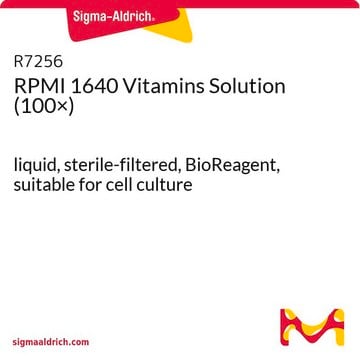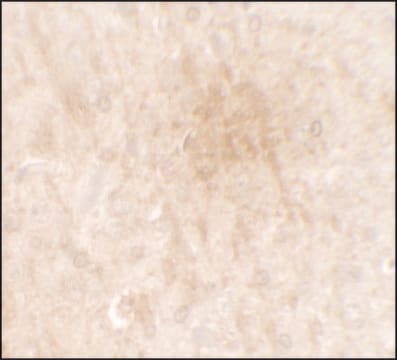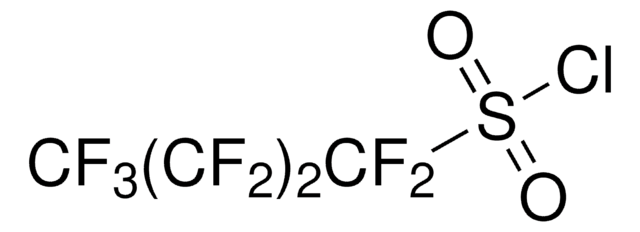Unfortunately, Product F0425, Anti-Fibroblast Growth Factor Receptor-3, is not tested for cross reaction with mouse samples.
推薦產品
生物源
rabbit
共軛
unconjugated
抗體表格
affinity isolated antibody
抗體產品種類
primary antibodies
無性繁殖
polyclonal
形狀
buffered aqueous solution
分子量
antigen 110-120 kDa (doublet)
物種活性
human
技術
immunohistochemistry (formalin-fixed, paraffin-embedded sections): 1:250 using Trypsin-digested, human and animal tissue sections
western blot: 1:1,000 using whole cell extract of transfected 293T cells expressing recombinant human FGFR-3
UniProt登錄號
運輸包裝
dry ice
儲存溫度
−20°C
目標翻譯後修改
unmodified
基因資訊
human ... FGFR3(2261)
一般說明
特異性
免疫原
應用
Immunohistochemistry (1 paper)
Western Blotting (1 paper)
生化/生理作用
外觀
免責聲明
未找到適合的產品?
試用我們的產品選擇工具.
儲存類別代碼
10 - Combustible liquids
水污染物質分類(WGK)
WGK 2
閃點(°F)
Not applicable
閃點(°C)
Not applicable
個人防護裝備
Eyeshields, Gloves, multi-purpose combination respirator cartridge (US)
從最近期的版本中選擇一個:
分析證明 (COA)
-
Est-ce que cet anticorps cross-réagit sur des épitopes de souris ?
1 answer-
Helpful?
-
Active Filters
我們的科學家團隊在所有研究領域都有豐富的經驗,包括生命科學、材料科學、化學合成、色譜、分析等.
聯絡技術服務








